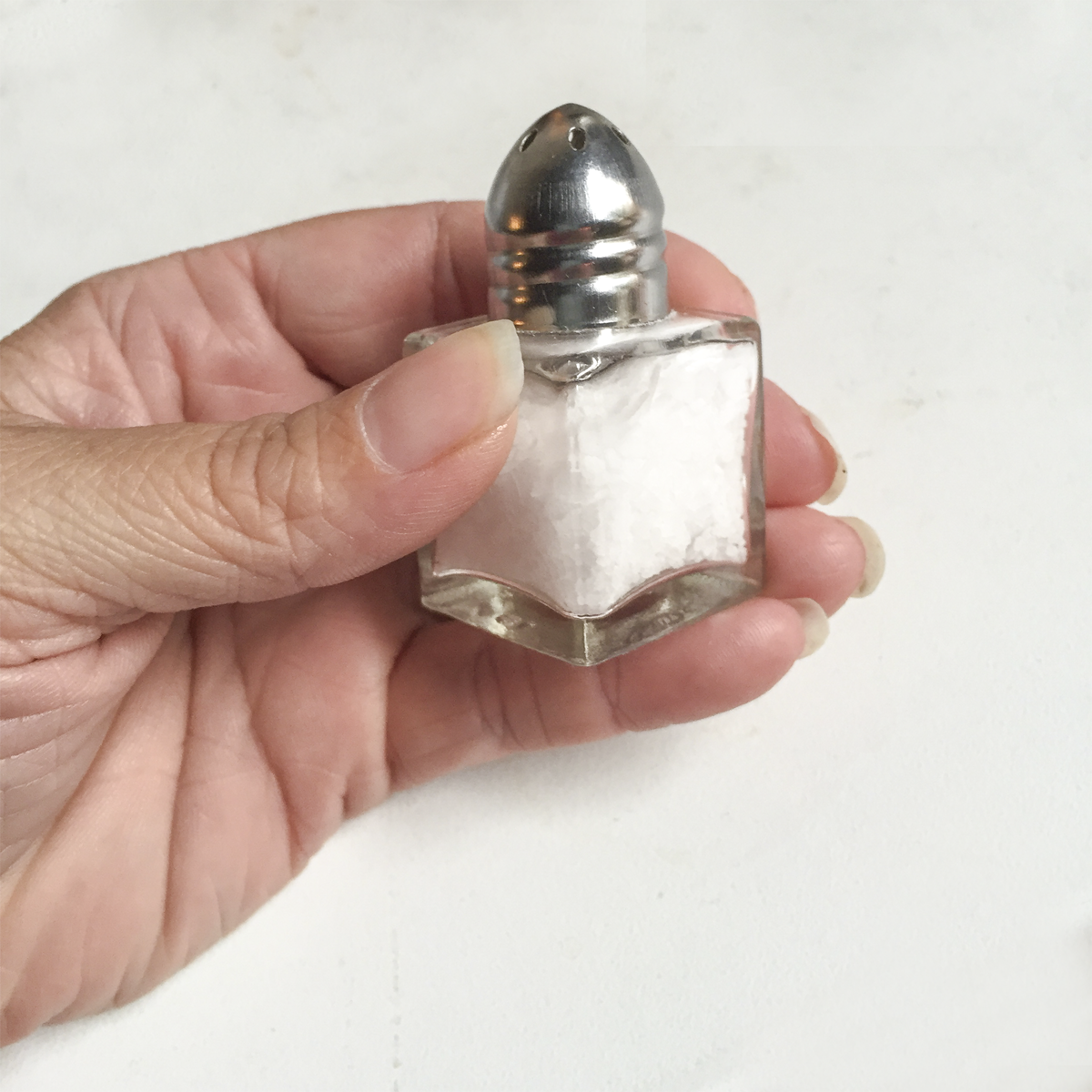2.1: Estimating Volume
Estimate the volume of the tiny salt shaker.

Let’s see how big different things are.
Estimate the volume of the tiny salt shaker.

Your teacher will assign you one of the following lengths: 1 centimeter, 1 foot, 1 inch, 1 meter, or 1 yard.
Estimate and cut a piece of string as close to your assigned length as you can without using a measurement tool.
Your teacher will give you some cards with the names of different units of measurement and other cards with pictures of objects.
Sort the units of measurement into groups based on the attribute they measure. Pause here so your teacher can review your groups.
Match each picture card that has “L” in the top right corner with the closest unit to the length of the object.
Match each picture card that has “V” in the top right corner with the closest unit to the volume of the object.
Match each picture card that has “WM” in the top right corner with the closest unit to the weight or mass of the object.
Your teacher will assign you a new group to discuss how you matched the objects. If you disagree, work to reach an agreement.
We can use everyday objects to estimate standard units of measurement.
For units of length:
For units of volume:
For units of weight and mass: